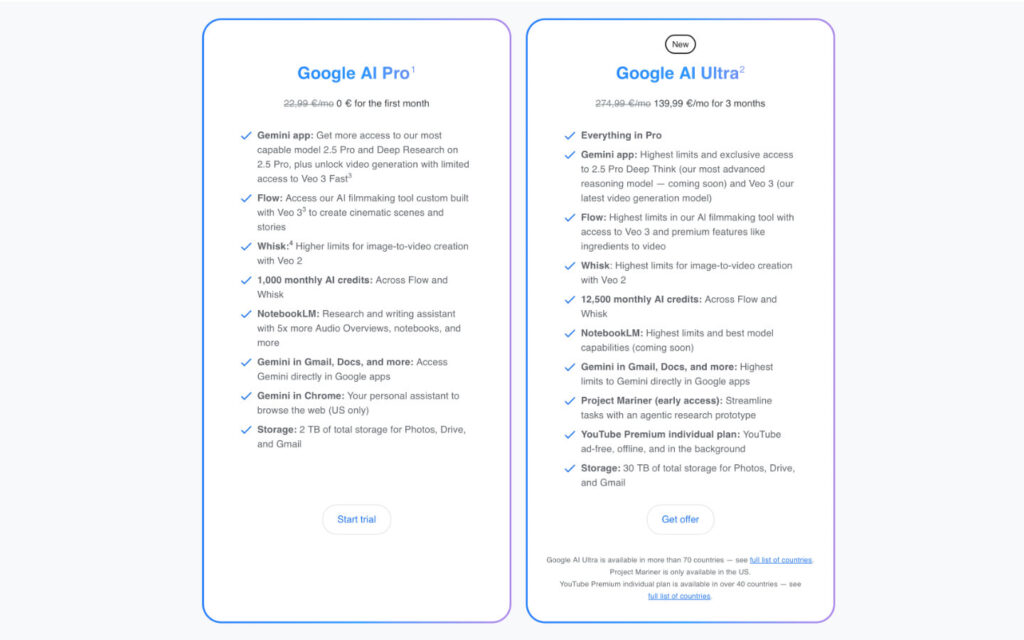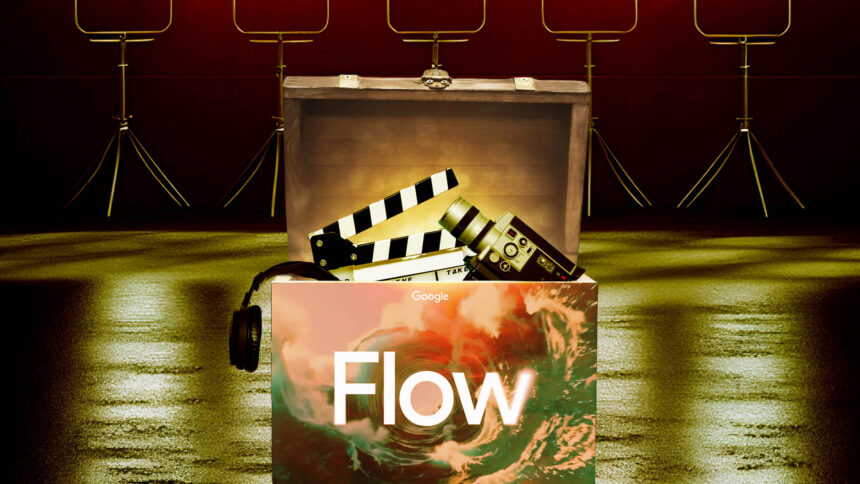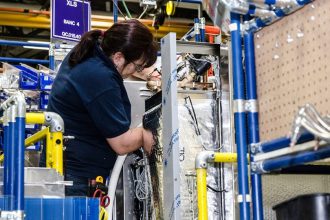Flow, the mental state of full concentration and focus, where creativity reaches its height, is the inspiration behind the name of the newest Google Labs video generation AI experiment. It emerged almost out of nowhere, stunned everyone, but left those with a keen eye for innovation and tech with more questions than answers.
Announced at the Google I/O 2025 event, the new tool utilizes Veo 3 and Imagen 4 for image and video generation, surpassing OpenAI’s Sora with its speed and native audio generation feature. Then why this almost silent launch, which felt more like a leak?
What raises suspicions is the potential for it being just a cog in Google’s master plan for the future of online video content creation. Furthermore, is this truly the start of how ‘creativity’ will look in the future?
A Fully Functioning AI MediaStation
First, let’s start with what makes Flow so impressive beyond the obviously realistic image generation that no AI tool now lacks. Put simply, it’s Google’s and arguably the internet’s best shot at a one-stop filmmaking studio.
Generate the scene, control the camera angle, write the dialogue and soundtrack and manage all the assets in one place. Finally, edit manually to add the final touches with the built-in editor. Sora and Runway surely can do most of the above, yet neither is built with a focus on speed, efficiency, and low latency like Google’s alternative.
The first three noticeable improvements that set flow apart are:
- Performs well with basic prompting- Flow can create impressive results even with low detailed prompts, as seen on Flow TV where users share their creation and the work behind it.
- Logic and intent across every frame – Even if not specified, there is smooth continuation behind different frames. This futuristic creation, ‘Postcard From Space’, certainly is surreal, but there is a direction to it.
- Low latency and speed – It’s noticeably faster, a perk of being owned by one of the largest server owners in the world.
OpenAI’s Sora leans towards a longer cinematic style. At the same time, Runway offers feeds or alternative artistic expression. Flow, at least for now, promises to be a smarter jack-of-all-trades. If you can get the same quality, have more options, all with less struggle, then why go elsewhere?
The user can pick between the quality and fast mode. At the moment of writing, the latter uses five times less credit than the former, while still allowing you to export in 1080p, making it worth trying out.
An Inevitable Integration Is Coming
The monopoly on internet search that we all know belongs to Google, and arguably, the big social media platforms are the only ones that stand in its way of full dominance of the web. Now, tools that feel like they should cost millions of dollars and only be available to a major Hollywood studio are out there for the taking.
The question today lies in what the company with the most power of integration on the web and the largest video-sharing platform is going to do with its video-generating AI, or, more specifically, ‘content generation’ AI, considering the trend towards speed and consumption habits.

TikTok and Instagram won’t be too keen at first, but a potential future where Flow is integrated into your YouTube channel is not too far ahead. A brief scan of your content, suggestions for your new video and the option to either upload yours and let Flow improve it for you or, the ‘scariest’ one, let it do all the work for you, use your image, your voice and any scenery imaginable.
It’s not fantasy, as it has already happened with Google’s Veo AI video generation tools, the less sophisticated version of those used by Flow, is now incorporated into YouTube Shorts! What is then stopping the proper full version from coming in anytime soon?
The flip side is a futuristic internet where anyone can be a movie maker, and there may be tighter filters against scams and sensitive content. Still, the downsides are especially concerning if you are in the creative industries or worry about the safety of the internet.
After all, music, movies and all kinds of art now almost officially land under the umbrella of ‘content’ which tools can create for you, or we rather should say ‘AI native content.’
The Potential for Wrong
Movies are already being consumed similarly to YouTube videos, thanks to the habits Netflix inflicted on us. Yet, if you take out even the creative process from humans, what would be the difference between a major studio and an indie movie? Would affording the most powerful AI model make all the difference? How about the potential for scamming and NSFW AI content, of which there is much already out there?
All those questions deserve an in-depth answer, but once the floodgates are open, double the effort is needed to put everything in check. Copyright law has yet even to scratch the surface of AI-generated content, and pay artists, sensitive content filters are not enough, and while it’s fantastic that anyone can use these tools, what’s stopping the ‘Spotify’ phenomena of 100.000 new song per day uploaded to platform to occur for movies as well.
Recently, Disney and Universal sued Midjourney over its image generator, calling it a ‘bottomless pit of plagiarism.’ Meanwhile, there are daily call-outs regarding celebrity AI deepfakes used in social media ads for various questionable endeavours. Neither is new news, yet it warns of the speed at which the potential for wrong quickly progresses as AI tools get more efficient.
Towards the Point of No Return
It has been years now that we keep count on the doomsday clock, yet this is not a moment in time; it’s a slow process with which technology gradually seeps into our everyday life. While debating whether the innovation of Generative AI is overall beneficial or leads to more downsides, most can agree that it’s never a good thing when a monopoly emerges, this time by a company that’s the actual monopoly of internet search.
The greater threat is not Google creating 99% of AI-generated content on the internet, but the ability it has to directly or indirectly influence regulation, policies, and what short film pops up in your feed when you scroll through your YouTube app.
Time will only tell, but it’s unwise to think that there will be any hard stop for tech giants in developing everything AI, whether genuine creativity or safety is sacrificed or not.















